How to Care for Blue and Pink Hyacinths? Practical Cultivation Tips
Nothing compares to the vibrant colors and intoxicating fragrance of blooming hyacinths in your garden. Yet many gardeners struggle with drooping flower stalks, faded colors, or bulbs that refuse to bloom again next season. Whether you're growing these beauties indoors or in your outdoor beds, understanding their specific needs makes all the difference between mediocre and magnificent results.
Planting Fundamentals for Healthy Growth
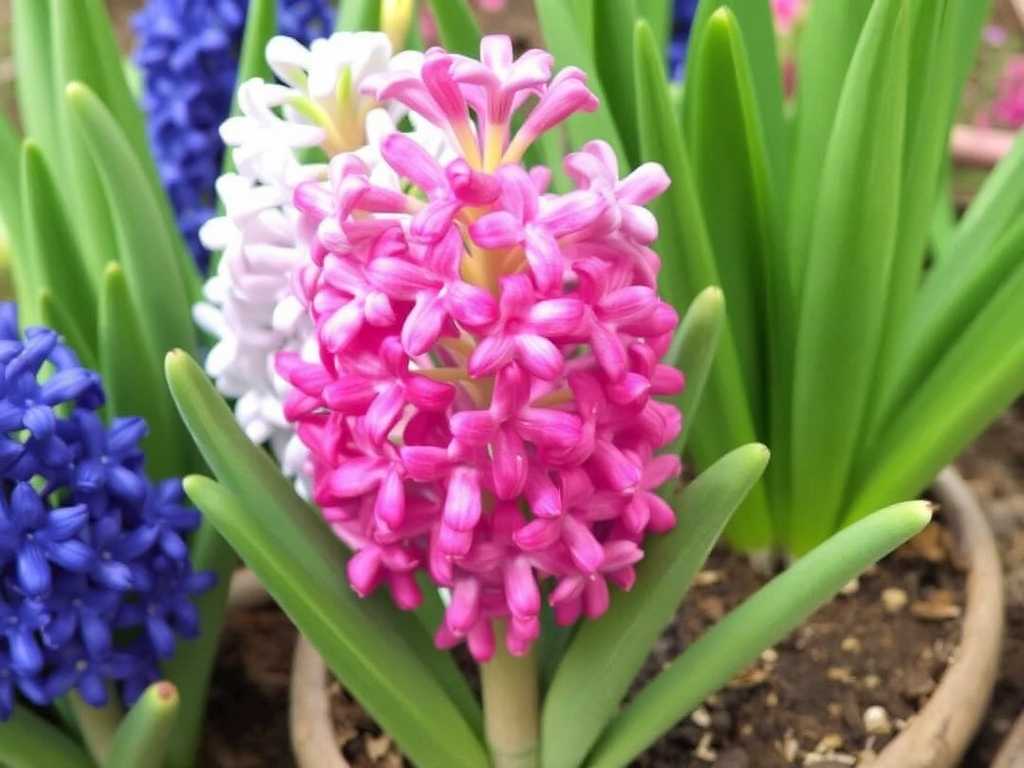
Timing matters most when planting hyacinth bulbs. For outdoor planting, the ideal window falls six to eight weeks before your first hard frost. This gives roots adequate time to establish before winter dormancy. Indoor forcing can begin in late fall for winter blooms.
Select firm, unblemished bulbs measuring at least 15 centimeters in circumference. Larger bulbs typically produce more substantial flower spikes. Before planting, chill bulbs at 4-9°C for 8-12 weeks if you're in a region with mild winters.
Soil composition directly impacts flower quality. Hyacinths demand well-draining soil with a neutral to slightly alkaline pH between 6.5 and 7.5. Amend heavy clay soils with compost or sand to improve drainage. For container growing, use quality potting mix with added perlite.
Plant bulbs pointy-end up at depth measuring three times the bulb's height. Space them 10-15 centimeters apart to allow proper air circulation. After planting, water thoroughly to settle soil around bulbs.
Light and Temperature Requirements
Hyacinths perform best in full sun to partial shade. They require at least six hours of direct sunlight daily for strong stem development. In warmer climates, afternoon shade helps prolong blooming.
Temperature control prevents common issues. During active growth, maintain temperatures between 15-18°C. Warmer conditions cause flower stalks to stretch and flop. After flowering, keep foliage intact until it yellows to allow bulbs to store energy for next season.
Watering and Feeding Schedule
Proper hydration maintains flower quality without causing rot. Water when the top 2-5 centimeters of soil feel dry. Increase frequency during active growth periods, reducing water after flowers fade.
Overwatering causes bulb rot, while underwatering leads to stunted growth. Use the finger test: if soil sticks to your finger, delay watering. For container plants, ensure pots have drainage holes.
Fertilizing supports continuous blooming. Apply balanced fertilizer (10-10-10) when shoots first emerge and again after flowering. Avoid high-nitrogen formulas that promote leaf growth at the expense of flowers.
According to Royal Horticultural Society trials, hyacinths receiving proper nutrition produce 30% more flowers in subsequent seasons.
Seasonal Care Differences
Spring care focuses on bloom support. Remove spent flower stalks but preserve leaves. Continue watering and apply liquid fertilizer every two weeks.
Summer is dormancy preparation. Reduce watering as leaves yellow. Once foliage browns completely, stop watering. Lift bulbs for storage or leave in well-drained beds.
Fall marks replanting time. Divide crowded clumps every 3-4 years. Replant fresh bulbs and resume watering schedule. Apply slow-release fertilizer to support root development.
Winter protection varies by climate. In zones 4-8, mulch with straw or leaves after ground freezes. In containers, move to sheltered locations or insulate pots.
Color-Specific Considerations
Blue hyacinths like 'Delft Blue' and 'Blue Jacket' often produce larger flower spikes but may need staking. Their intense pigmentation correlates with slightly higher light requirements.
Pink varieties including 'Pink Pearl' and 'Fondant' typically have stronger stems but may fade in direct afternoon sun. Their fragrance tends to be slightly sweeter than blue counterparts.
Both colors benefit from similar growing conditions, though many gardeners report pink varieties tolerate marginally warmer temperatures.
Troubleshooting Common Problems
Flop-over affects heavy flower heads. Prevent this by providing adequate light and avoiding excess nitrogen. Use discreet stakes if necessary.
Poor flowering often results from insufficient chilling period or premature foliage removal. Ensure bulbs receive proper winter rest and never cut green leaves.
Pest management focuses on bulb mites and slugs. Use diuretic earth around bulbs and set up beer traps for slugs. Rotate planting locations to prevent disease buildup.
Expert Tips for Enhanced Results
Dr. Elena Martinez, horticulturist at the International Flower Bulb Centre, recommends: "For longest vase life, cut hyacinth stems in morning hours when approximately one-third of flowers on spike have opened. Change water daily as their sap can cloud water rapidly."
Indoor forcing requires special technique. Plant bulbs with noses exposed in well-draining mix. Keep in dark, cool location (9°C) for 8-10 weeks until roots develop. Gradually introduce to light and warmth.
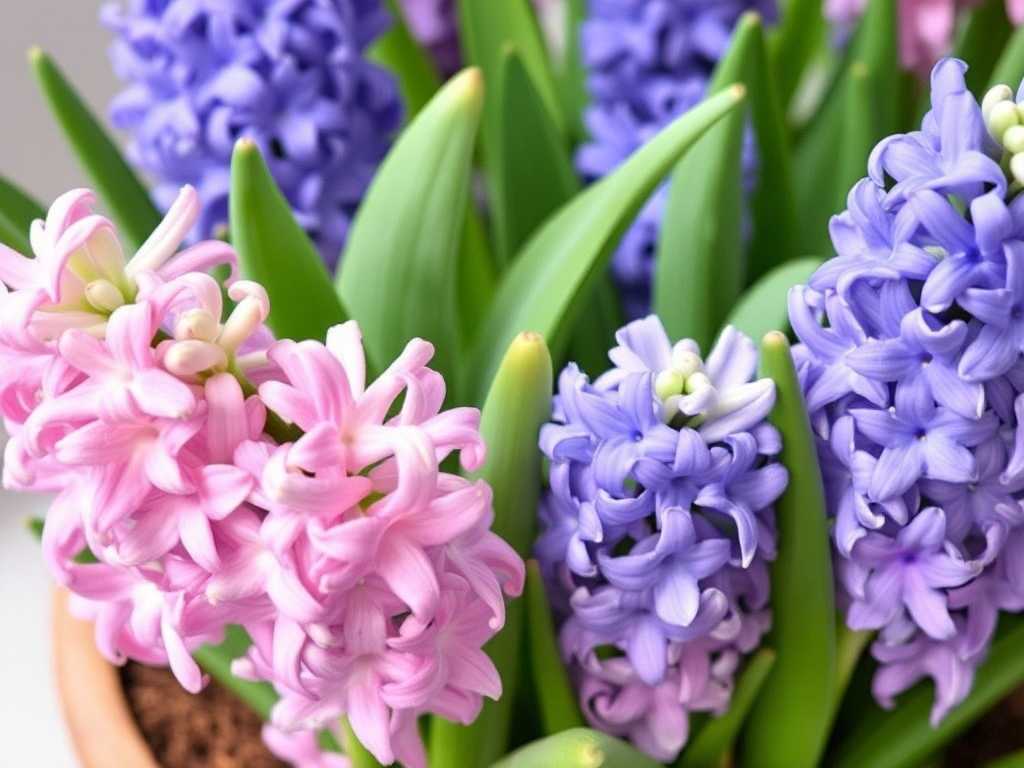
For naturalizing in lawns, plant bulbs deeper (15-20 cm) to avoid damage during mowing. Allow foliage to die back completely before first summer mowing.
Why are my hyacinth flowers getting smaller each year? This natural phenomenon called "flower shrinkage" occurs when bulbs expend more energy than they store. Improve fertilization schedule and ensure leaves photosynthesize for 6 weeks post-blooming. Many gardeners treat hyacinths as annuals for this reason.
Can I grow hyacinths in containers long-term? Absolutely. Use containers at least 20 cm deep with excellent drainage. Provide winter protection in cold climates and repot with fresh soil annually. Container-grown hyacinths often benefit from supplemental feeding.
Are hyacinths toxic to pets? Yes, all hyacinth parts contain calcium oxalate crystals. Ingestion causes oral irritation and gastrointestinal upset. Plant in areas inaccessible to pets or choose pet-friendly alternatives if this concerns you.
Growing vibrant hyacinths brings seasonal magic to any space. By mastering their basic needs for proper planting depth, balanced moisture, and seasonal care transitions, you'll enjoy their spectacular blooms year after year. Remember that while blue and pink varieties share core requirements, slight adjustments to light exposure can optimize their unique coloration. Whether mass-planted in borders or showcased in containers, these fragrant beauties reward attentive gardeners with unparalleled spring displays.
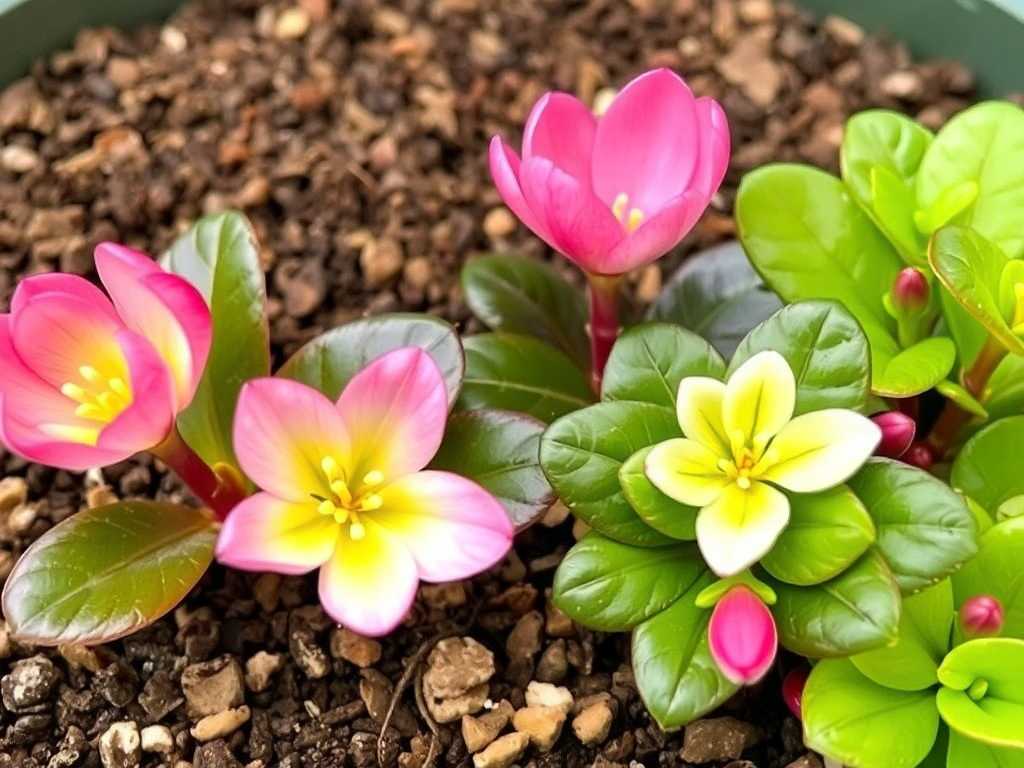
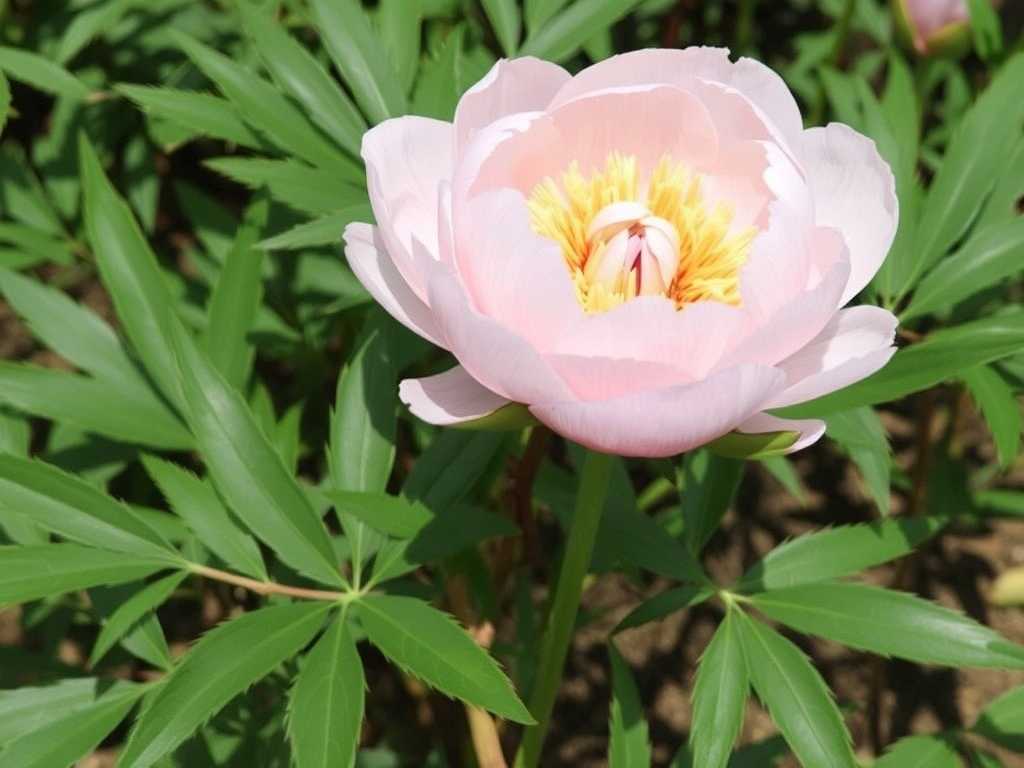

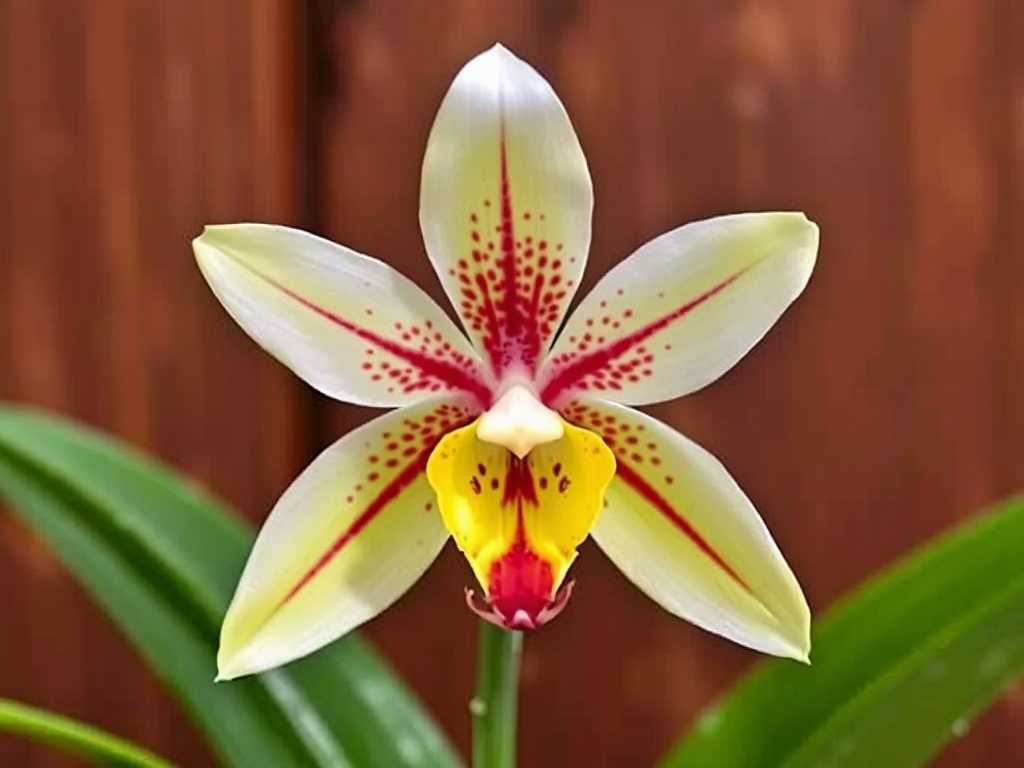
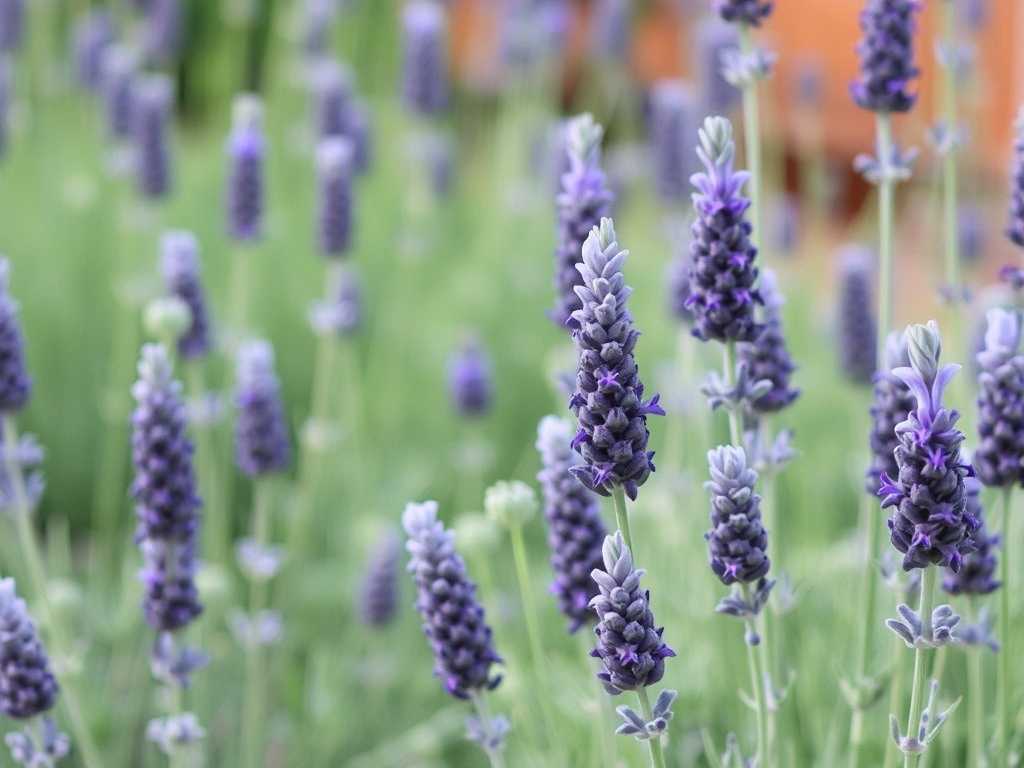
发表评论